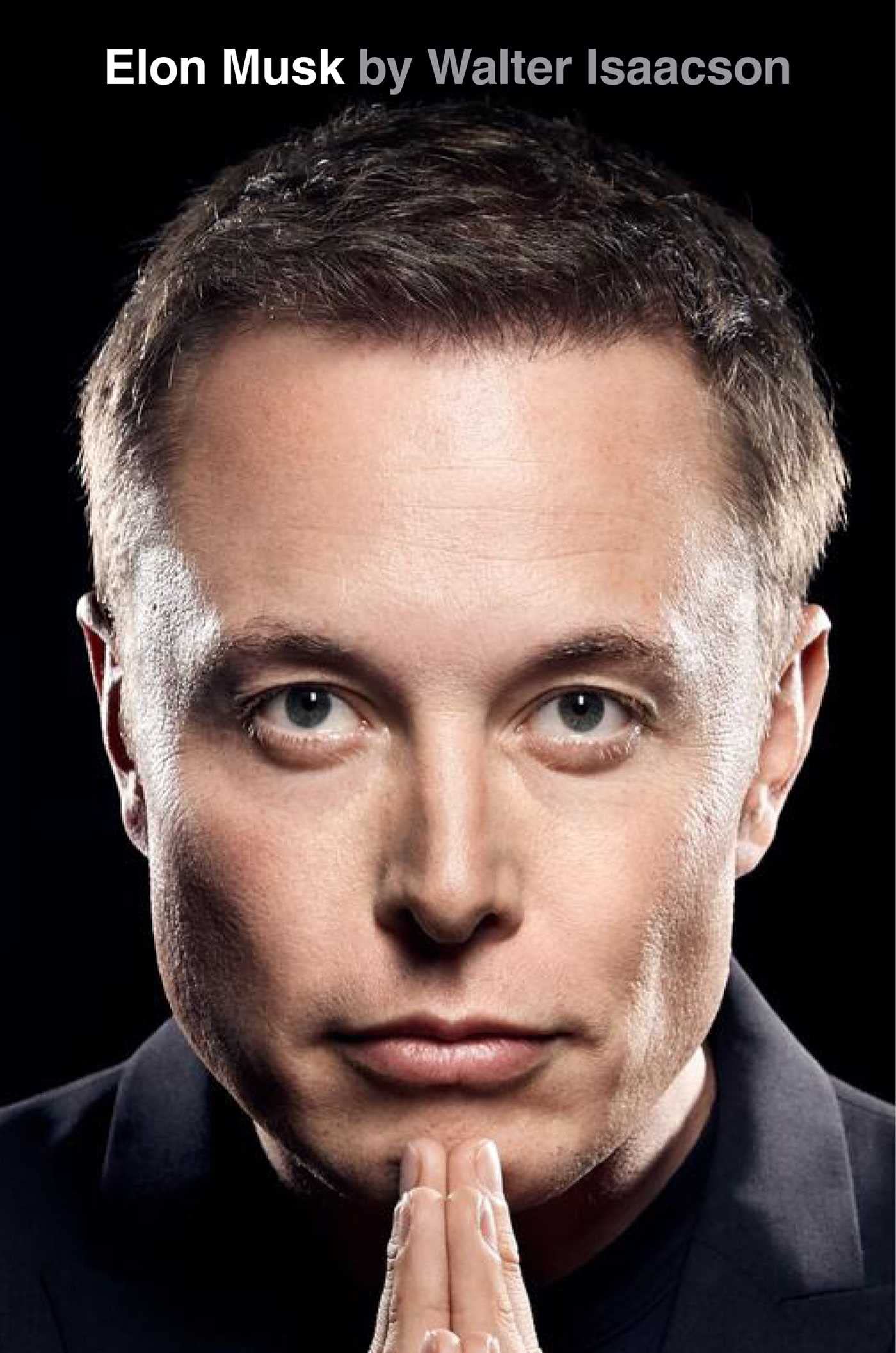32. The Model S
byThe development of The Model S was a defining moment for Tesla, marking its transition from a niche electric sports car company into a major automotive player. Elon Musk envisioned a premium electric sedan that would challenge the dominance of gasoline-powered luxury cars while demonstrating that electric vehicles (EVs) could be both stylish and high-performance. Unlike the Roadster, which was based on the chassis of a Lotus Elise, The Model S had to be designed from the ground up, requiring a completely new approach to engineering and manufacturing.
Musk was determined to ensure The Model S would stand out in the crowded luxury sedan market dominated by brands like Mercedes-Benz, BMW, and Audi. The challenge was twofold: the car needed to have a sleek, modern aesthetic while also accommodating Tesla’s advanced battery technology in a way that maximized range and efficiency. Early in the process, Musk hired renowned automotive designer Henrik Fisker, known for his work with Aston Martin and BMW, to assist with the styling. However, their collaboration ended abruptly when Musk accused Fisker of using Tesla’s design insights to develop his own competing EV, leading Musk to sue Fisker and terminate their relationship.
After parting ways with Fisker, Musk brought in Franz von Holzhausen, a talented designer with experience at Volkswagen, GM, and Mazda, to lead Tesla’s design team. Unlike traditional automakers, where designers and engineers often worked separately, Tesla took an integrated approach, ensuring that both teams collaborated closely. This allowed for a seamless fusion of aesthetics and technology, leading to innovative decisions such as placing the battery pack beneath the vehicle’s floor. This structural choice not only provided a lower center of gravity, improving handling and safety, but also freed up additional interior space.
Tesla’s engineers, led by Drew Baglino, faced immense pressure to optimize The Model S battery system, as Musk was adamant that the car should offer industry-leading range. Unlike conventional gasoline-powered vehicles, where engineers could rely on existing engine and fuel systems, Tesla had to design and manufacture a completely new battery pack that was both lightweight and energy-dense. Musk’s relentless pursuit of perfection pushed the team to reduce the number of battery cells while maintaining high energy capacity, ensuring that The Model S would outperform competitors not just in efficiency, but in sheer driving performance as well.
Musk was also deeply involved in designing the interior of The Model S, rejecting traditional dashboard layouts in favor of a large touchscreen infotainment system. The 17-inch display, an industry first, replaced most of the physical buttons, giving the car a futuristic, minimalist aesthetic. Another unique feature was the retractable door handles, which remained flush with the body until activated, a detail Musk insisted on despite concerns about production complexity. His push for innovation also extended to the Autopilot system, an early step toward full self-driving capability, setting Tesla apart from its competitors.
However, Musk’s uncompromising approach sometimes clashed with conventional automotive safety and regulatory standards. He frequently expressed frustration with industry rules that he felt hindered innovation, such as safety warning labels and dealership sales models. Tesla’s direct-to-consumer sales strategy, which bypassed traditional dealership networks, sparked legal battles in multiple states, but Musk remained adamant that Tesla would not conform to outdated industry norms.
Despite the challenges, The Model S was officially unveiled in 2012 and was met with widespread acclaim, revolutionizing the electric vehicle market. It became the first EV to offer over 300 miles of range, proving that electric cars could be viable for long-distance travel. Motor Trend Magazine named it “Car of the Year”, making it the first electric vehicle to receive the prestigious award, further cementing Tesla’s position as a leader in the automotive industry.
The success of The Model S demonstrated that Tesla was not just another tech startup but a legitimate force capable of competing with century-old automakers. With its combination of cutting-edge design, long-range capabilities, and advanced technology, The Model S set new benchmarks for the industry and redefined what an electric car could be. Musk’s relentless pursuit of innovation ensured that this vehicle wasn’t just another luxury sedan—it was a paradigm shift that paved the way for the future of sustainable transportation.


